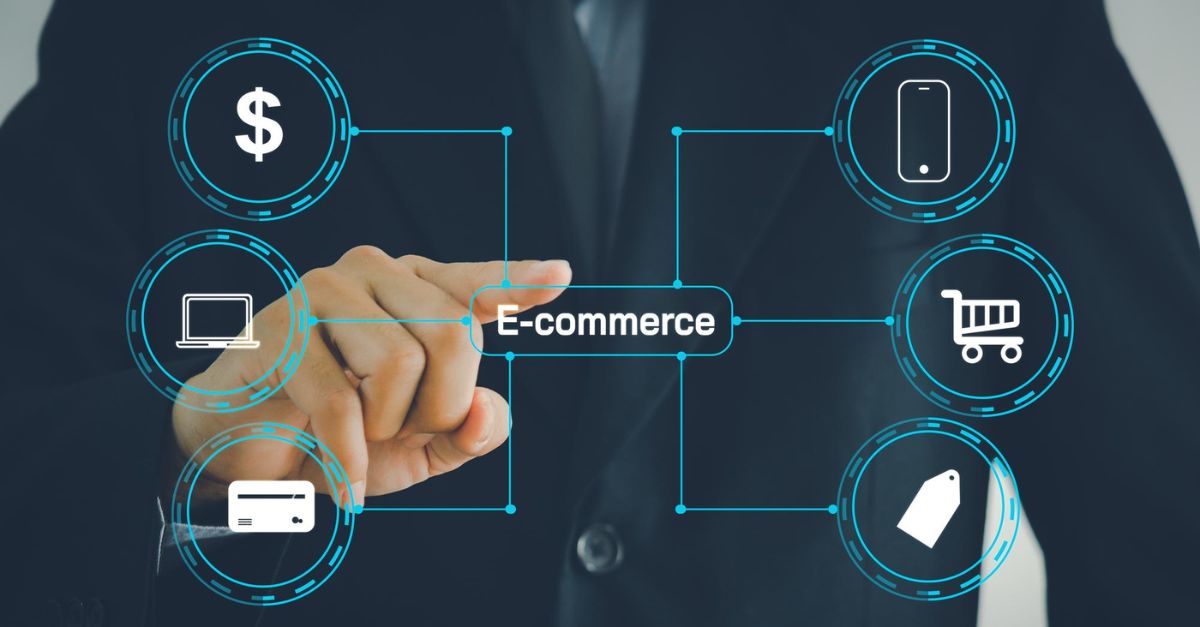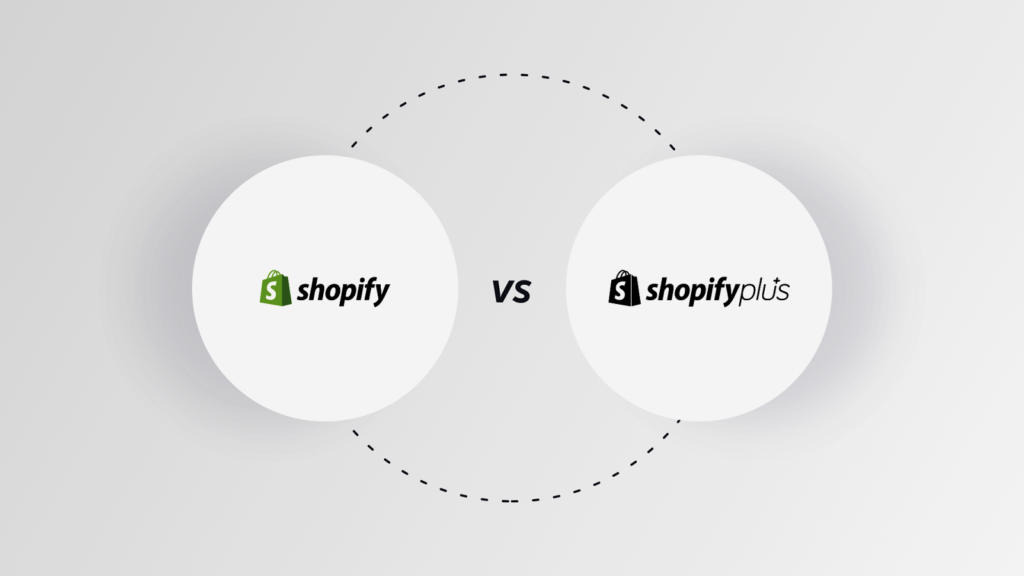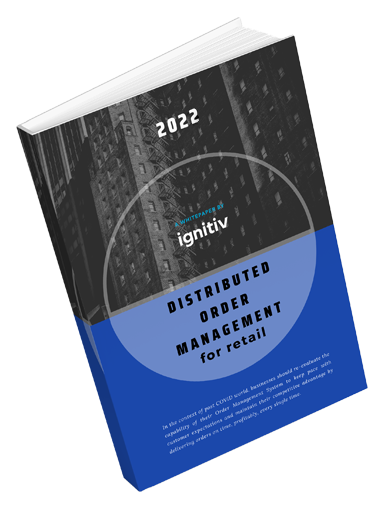Flexibility, modularity, and interoperability are vital components of eCommerce solutions that enable businesses to adapt quickly and efficiently to changing market conditions, customer preferences, and emerging technologies. After all:
- Flexibility allows for easy modification and optimization of the platform.
- Modularity enables the creation of customized systems from independent components – reducing costs and development time.
- Interoperability ensures that different components work seamlessly together, even if developed by different vendors or technologies.
This is precisely what paves the way for Composable Commerce.
What Is Composable Commerce?
Composable commerce facilitates a flexible and adaptable approach to eCommerce platform development. It involves assembling pre-built software components, microservices, APIs, and other tools to create a customizable system that can be easily modified and upgraded over time. The goal of Composable Commerce is to enable eCommerce retailers to design, implement, and flexibly maintain their eCommerce platform, so they can deploy new features or make changes quickly as business needs dictate.
The Building Blocks of Composable Commerce
- Microservices are an architectural approach to software development that involves breaking down a complex application into a set of small, independent services, each with its specific functionality. This approach enables businesses to develop and deploy applications more quickly, improve scalability and resilience, and enhance the overall user experience.
- APIs (Application Programming Interfaces) are sets of protocols, routines, and tools for building software applications. APIs enable different software components and applications to communicate and interact with each other, allowing businesses to integrate and share data and functionality between systems. APIs can be employed to enable microservices and connect different components of an eCommerce solution.
How Is Composable Commerce Different from Traditional ECommerce Platforms?
The legacy eCommerce platform designs typically feature monolithic architectures and extensive internal dependencies; this approach can be inflexible, making it difficult to modify or upgrade individual components without disrupting the entire system.
Composable Commerce is a solution architecture that employs small, independent microservices that communicate with each other through APIs. Each microservice has only one specific functionality. For example, one service may handle checkout, another may manage product information, and a third could be used for shipping. Businesses can easily define and modify the functionality of each service as needed.
Benefits of Composable Commerce
Agility
Composable commerce allows businesses to build and deploy eCommerce solutions quickly and efficiently by leveraging pre-built components. As such, businesses can adapt quickly to changing market conditions, customer needs, and emerging technologies.
Scalability
Composable commerce is designed to be scalable, allowing businesses to easily add or remove components as needed to accommodate changing business needs. This approach allows businesses to grow their eCommerce operations without requiring significant changes to their existing infrastructure.
Cost-effectiveness
Composable commerce can be a cost-effective solution because it allows businesses to reuse existing components, reducing development time and costs. Additionally, because components are designed to be independent, businesses can replace or upgrade individual components without disrupting the entire system, reducing maintenance and support costs.
Competitiveness
As eCommerce grows increasingly competitive, companies must differentiate themselves to stand out and maintain market share. Composable commerce enables businesses to customize their eCommerce experiences quickly and offer more intuitive, innovative, and convenient shopping experiences. These improvements can result in higher revenue for the business.
Use Cases for Composable Commerce
1. B2B and B2C Ecommerce
For B2B transactions, composable commerce can provide features such as custom pricing, order approval workflows, and complex inventory management. This helps businesses to better manage their relationships with other businesses and streamline their supply chain processes. For B2C transactions, composable commerce can provide features such as personalized product recommendations, loyalty programs, and social media integrations.
3. Multi-channel Commerce
Multi-channel commerce refers to the ability to interact with customers across different channels, such as the web, mobile, social media, and physical stores. Composable Commerce enables businesses to create and deploy eCommerce solutions that provide seamless across different channels, ensuring that customers receive a consistent experience regardless of where they interact with the business.
4. Global Commerce, Localization, Business Expansion
Global commerce refers to the ability to sell and deliver products and services to customers in other countries, while localization refers to the process of customizing an eCommerce solution to meet the needs of the local market. Composable Commerce enables merchants to create global eCommerce solutions by easily localizing them for various countries. Additionally, businesses can easily adapt their global eCommerce solutions as their business expands into new markets by increasing or decreasing the number of localized components.
4. Marketplace Platforms
Marketplace platforms are eCommerce platforms that enable multiple sellers to sell their products or services through a single platform. Composable Commerce can support the unique needs of marketplace platforms by providing the flexibility to easily integrate different sellers and products into the platform, as well as providing tools for managing orders, payments, and shipping across multiple sellers.
Challenges and Key Considerations
1. Integration Complexity
Integration complexity refers to the difficulty of connecting different components to create a cohesive, end-to-end solution. Composable components are independent and can run independently of the system, which allows developers to build and test the end-to-end system independently. However, it also poses a challenge because these components need to be connected for the overall system to function properly.
2. Management of Multiple Vendors and Services
Managing multiple vendors and services is an overhead that makes the overall development and deployment process more complicated. However, when managed well, composable commerce provides businesses with reusable components that can be used across multiple vendors and services, reducing the complexity of managing multiple vendors and services.
3. Security and compliance risks
Every single component that is reused increases the risk of security and compliance violations. Favorably, though, composable components are designed to be secure by default, with security considerations baked into their build and test process. This prevents developers from unintentionally introducing vulnerabilities into the system.
4. Need for Skilled Development and IT Teams
Composable commerce relies on microservices and APIs to create a modular architecture that can be assembled in different ways to meet specific business needs. However, this requires expertise in developing and maintaining microservices and APIs, which can be a challenge for businesses with limited IT resources or teams without the necessary skills.
The Role of Headless Commerce
Headless commerce is an approach to eCommerce architecture where the front-end presentation layer is decoupled from the back-end eCommerce functionality. This separation allows businesses to easily swap out different front-end interfaces, such as web or mobile, without needing to change the underlying eCommerce functionality.
Composable Commerce leverages headless technologies to make it easy for developers to build and test their eCommerce solutions in a local environment before deploying them to production. This allows businesses to customize and optimize customer experiences more easily and meet changing customer demands and expectations.
Conclusion
All in all, composable commerce allows businesses to quickly adapt to new trends and technologies and create tailored eCommerce solutions that meet specific customer needs. However, realizing success with composable commerce solutions entails partnering with a technology expert like Ignitiv, who can help navigate the complexity of the space. Get in touch with us to learn more.








